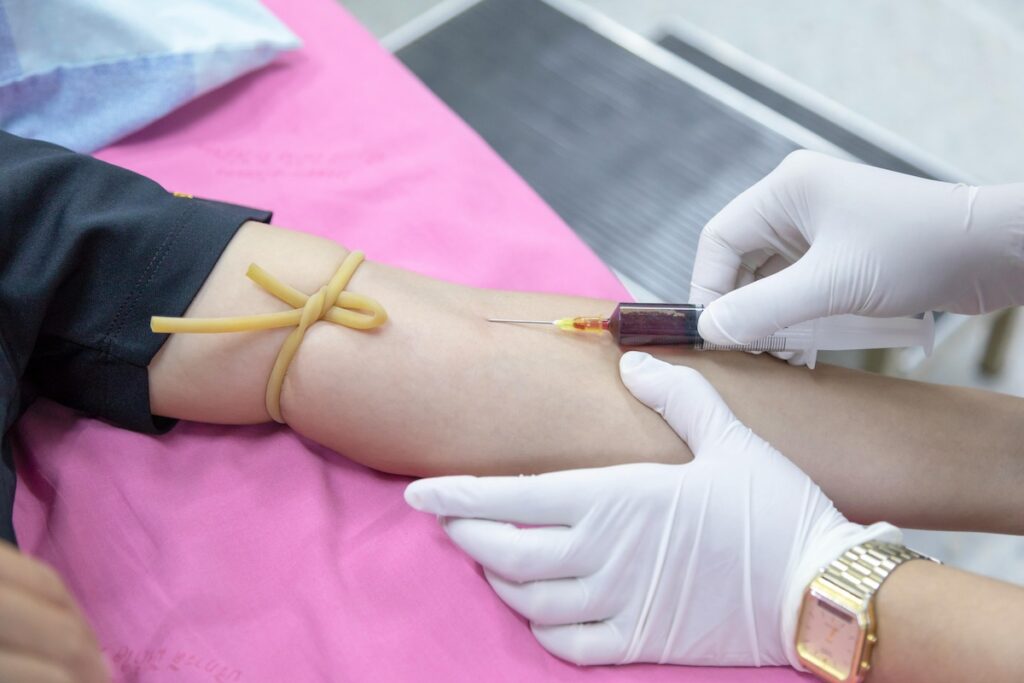Seoul has one of the most efficient, affordable, and reliable subway systems in the world — but for first-time visitors and expats, it can feel overwhelming at first.
This 2025 guide will help you master Seoul’s subway system, from reading the map and making transfers to understanding the fare system, avoiding rush hour crowds, and using the best apps.
🗺 1. Understanding Seoul’s Subway Network
Seoul’s metro system is massive — with 23 lines including Seoul Metro Lines 1–9, Bundang Line, Shinbundang Line, AREX (Airport Express), and more.
- Operating Hours: ~5:30 AM – Midnight (some lines until 00:30)
- Frequency: Every 2–3 minutes during rush hour, 5–8 minutes off-peak
- Coverage: Seoul + Gyeonggi + Incheon = one integrated system
💡 Tip: Download Kakao Metro or Naver Map. Both offer English support, real-time arrival times, and transfer route suggestions.
🔄 2. Transfers Made Simple
One of Seoul’s best features is the free transfer system between subways and buses.
- You can make up to 4 transfers for free within 30 minutes.
- Transfers work between subway ↔ bus ↔ subway.
- Exiting and re-entering the same station is considered a new ride and charges extra.
✅ Pro Tips:
- Some stations (like Gangnam, Sindorim, and Express Bus Terminal) have long transfer corridors — allow 5–10 minutes extra.
- Look for “Fast Transfer” (빠른 환승) signs on the platform — they tell you which car to board for the shortest transfer path.
💳 3. Subway Fares & T-Money Card
Seoul uses a distance-based fare system.
- Base Fare: ₩1,400 (up to 10 km)
- Extra Fare: ₩100 per additional 5 km
- How to Pay:
- T-money / Cashbee transportation card (buy at convenience stores or stations)
- Credit/debit card with contactless payment
- Single-use ticket (includes ₩500 refundable deposit)
🕒 4. Rush Hour & Subway Etiquette
Seoul’s subway can get packed during peak hours.
- Rush Hours: 7:30–9:00 AM & 6:00–8:00 PM
- Etiquette Rules:
- Don’t sit in pink seats (reserved for pregnant women).
- Elderly seats (priority seats) should be left open unless needed.
- Keep your voice down, no eating or drinking inside the train.
📱 5. Must-Have Apps
- Kakao Metro: Real-time arrivals, congestion data, transfer times
- Kakao Bus: Perfect for subway + bus transfers
- Papago: Instant translation of station names and announcements
- Subway Korea: Simple offline subway map
✈️ 6. Airport Express & KTX Connections
For travelers coming from Incheon Airport:
- AREX Express: 43 min direct to Seoul Station, ₩9,500, reserved seat
- AREX All-stop: 60 min, ₩4,750, stops at Hongdae & Gimpo Airport
At Seoul Station, you can transfer directly to KTX high-speed trains for Busan, Daegu, or Gwangju.
🛡 7. Safety & Lost & Found
- All stations have CCTV, staff, and emergency buttons.
- In case of emergency, dial 112 (police) or 119 (fire/ambulance) — English assistance available.
- Lost items are kept at each station’s Lost & Found desk and listed on the Seoul Metro website.
🌏 8. Recommended Routes for First-Timers
- First-time Tourists: Line 2 (Green) — Hongdae, Gangnam, Ewha, Euljiro
- Cultural Route: Line 3 (Orange) — Gyeongbokgung, Anguk, Bukchon Hanok Village
- Night View: Line 5 (Purple) — Yeouido Han River Park & 63 Building
✨ Final Thoughts
Seoul’s subway is more than just transportation — it’s part of the city’s culture.
Once you understand transfers, fares, and rush hour patterns, you can move around Seoul like a local in just one day.

